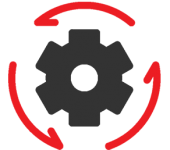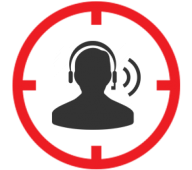WebDesigning info
Web design courses teach you the principles, skills, and tools necessary to create visually appealing and user-friendly websites. Whether you're a beginner looking to start a career in web design or an experienced designer aiming to enhance your skills, there are various courses and resources available. Here's some information about web design courses and where to find them:
Web Design Basics:
Beginner-level courses often start with the fundamentals of web design, covering topics such as HTML, CSS, and responsive design.
You can find introductory web design courses on platforms like Coursera, edX, Udemy, and LinkedIn Learning.
Graphic Design Courses:
A strong understanding of graphic design principles is essential for web design. Courses in graphic design, typography, and color theory can be valuable.
Adobe offers courses and tutorials on graphic design tools like Photoshop, Illustrator, and InDesign.
HTML and CSS Courses:
Courses on HTML and CSS are the building blocks of web design. You'll learn how to structure web content and style it.
W3Schools and Codecademy offer interactive tutorials on HTML and CSS.
Responsive Web Design:
With the increasing use of mobile devices, responsive web design is crucial. Courses on responsive design teach you how to create websites that adapt to various screen sizes.
FreeCodeCamp offers a responsive web design certification.
JavaScript and Front-End Development:
To add interactivity to websites, consider learning JavaScript. Front-end development courses cover JavaScript, as well as frameworks like React and Angular.
Websites like MDN Web Docs and freeCodeCamp provide resources for learning JavaScript.
User Experience (UX) and User Interface (UI) Design:
UX and UI design courses focus on creating user-friendly and visually appealing interfaces. These courses cover wireframing, prototyping, and usability testing.
Interaction Design Foundation offers courses on UX and UI design.
Web Design Tools:
Familiarize yourself with popular web design tools such as Adobe XD, Sketch, Figma, and Adobe Dreamweaver through tutorials and courses.
Content Management Systems (CMS):
Courses on CMS platforms like WordPress, Joomla, and Drupal can be helpful if you plan to work with these systems or build websites on them.
Web Design Certifications:
Some organizations offer web design certifications that validate your skills. Adobe offers Adobe Certified Professional (ACP) exams for various design tools.
Web Design Bootcamps:
Bootcamps are intensive, short-term programs that provide hands-on training in web design and often include portfolio projects.
Consider enrolling in a web design bootcamp like General Assembly or CareerFoundry.
Online Communities and Forums:
Participating in web design communities and forums can provide valuable insights, feedback, and networking opportunities. Websites like Behance and Dribbble showcase design portfolios and allow for networking with other designers.
Real-World Projects:
Building your portfolio with real-world projects is crucial for demonstrating your skills to potential employers or clients. Consider working on personal projects or volunteering for organizations in need of web design.
When selecting a web design course, consider your skill level, goals, and the specific aspects of web design that interest you the most, whether it's front-end development, UI/UX design, or graphic design. Additionally, regularly practice your design skills and stay updated with the latest web design trends and technologies to excel in this dynamic field.


